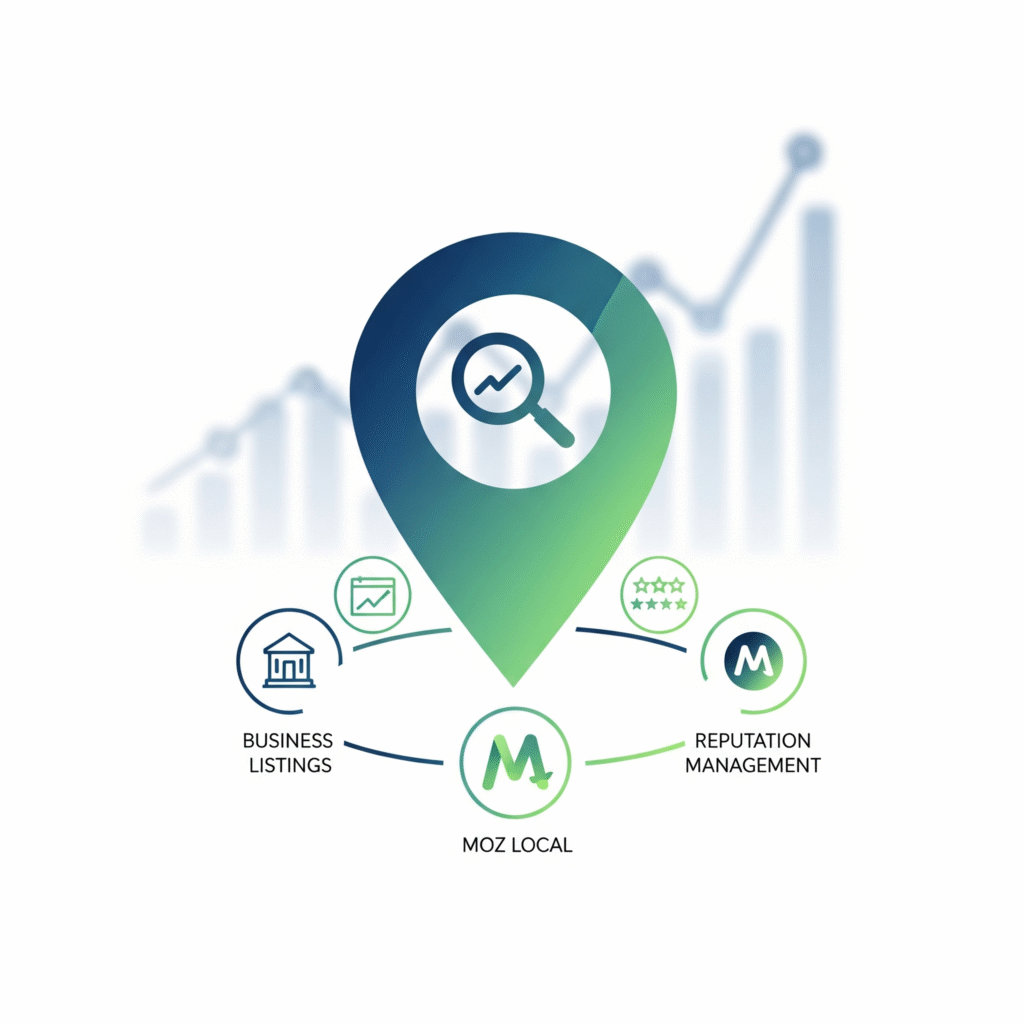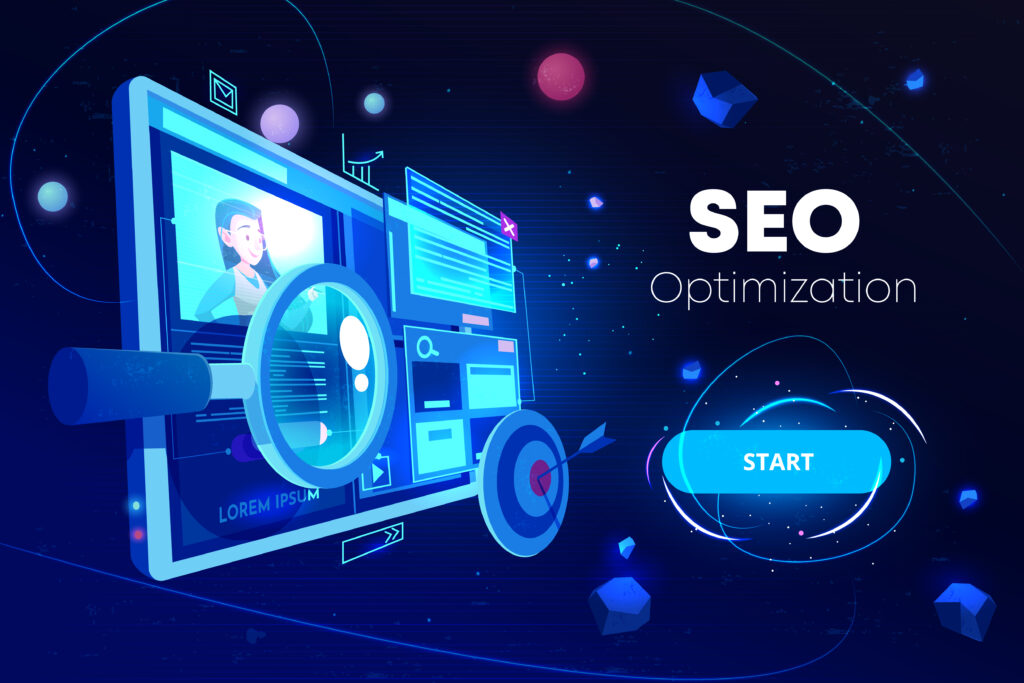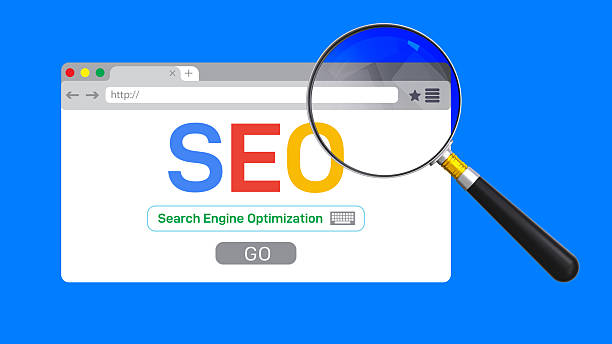The Ultimate Guide to Generative Engine Optimization (GEO) in 2025
As the digital world shifts toward AI-powered search and discovery platforms, understanding and mastering Generative Engine Optimization (GEO) is essential for anyone aiming to increase visibility in AI-generated answers. GEO bridges the gap between traditional SEO and the new era of conversational, instant answers provided by engines such as ChatGPT, Perplexity, Gemini, Copilot, and Google AI Overviews. This guide presents a comprehensive look at Generative Engine Optimization, its differences from SEO, why it matters in 2025, and actionable strategies to get your website and content cited in AI answers. What Is Generative Engine Optimization?GEO stands for Generative Engine Optimization: the art and science of optimizing your online content to feature in AI-generated answers, rather than just traditional search engine results. Primary Aim: To be included in instant, conversational answers from generative AI platforms. Audience: People who use AI tools for quick, direct information instead of browsing multiple links. Content: Conversational, up-to-date, and well-structured. Visibility: Instead of fighting for top spots in Google, you want your site cited by AI engines. In short, It is about taking control of how your brand and expertise show up in the “answers” world — not just the “search results” world. SEO vs GEO: How Are They Different?While SEO focuses on ranking for queries in traditional search engines, it is all about being featured in real-time answers generated by AI platforms. Why it is Important in 2025?Visibility Is Changing: With platforms like ChatGPT, Gemini, Copilot, and Google AI Overviews aggregating facts from multiple sources and synthesizing answers in real time, relying only on SEO puts your visibility at risk. Early Adoption Advantage: As GEO is still new, marketers who learn the ropes early can establish brand authority before GEO becomes mainstream. Authority & Trust Building: AI engines prioritize trustworthy, structured sources. If your content is well-optimized, you’ll be mentioned more often, boosting authority. Expanded Reach: Sites optimized for GEO appear not just in web search, but across AI platforms that people are increasingly turning to for help, product recommendations, and information. How Does GEO Work?GEO is about helping AI platforms “understand” and “cite” your content in answers. The process typically involves: Data Collection: AI engines crawl the web, aggregating data from trusted sources (blogs, reviews, product pages). User Queries: Someone asks a generative AI a question (e.g., “Which SEO tool is best for beginners?”). Content Synthesis: The AI summarizes key points from multiple sources in a conversational way. Citation: Well-structured, relevant content may get credited or cited in the AI answer, often with snippets or direct quotes. Unlike SEO, which mainly cares about link structure and keyword density, it rewards clarity, conversational tone, and structured information. Strategies for Implementing GEO in 2025 Study AI platforms like ChatGPT, Gemini, or Perplexity for the topics you cover. Note how answers are constructed—do they prioritize tables, lists, FAQs, or step-by-step guides? Structure your content accordingly. Use descriptive H1, H2, H3 tags to break down your articles into digestible sections. Make sure each subheading addresses real questions users might have. Example Structure for a List Post: H1: Top 10 AI SEO Tools in 2025 Intro: Why AI SEO tools are changing the game H2: The Impact of AI on Traditional SEO H3: Review of Each Tool FAQ Section: Address common queries directly AI engines love content that is logically structured and answers questions quickly. Well-organized lists and tables make it easy for AI engines to summarize your content in answers, especially for product comparisons or step-based guides. AI engines seek out content by credible authors. Show expertise by: Highlighting credentials and years of experience Including customer testimonials and reviews Citing trustworthy sources Keeping content updated with fresh information Displaying affiliate disclaimers and transparency Schemas help AI engines interpret your content and extract preferred sections. Product review schemas, FAQ schemas, and article schemas are essential. If using WordPress, plugins like RankMath SEO streamline schema implementation. Regularly monitor how your content appears in AI-generated answers. Track which pages get cited, how frequently, and with what context. Tools like Semrush’s AI SEO Toolkit offer visibility metrics, tips for improvement, and competitive analysis. Other plugins and tools within WordPress can monitor internal links, fix orphaned pages, and boost content health for better AI visibility. GEO Optimization: Step-by-Step Action PlanChoose Target Topics: Focus on subjects where you want your authority recognized in AI answers. Research Existing AI Answers: Find out how leading generative engines reply to queries in your niche. Audit Existing Content: Is it well-structured, factual, and easy for AI tools to summarize? Update Your Content: Edit posts for clarity, add FAQs, lists, and schema markup. Build EEAT: Highlight credentials, link out to trusted sources, and earn mentions from others. Track Performance: Use AI visibility tools and regularly update your approach as generative engines evolve. Practical Examples of GEO Content StructuresExample 1: Product Reviews H1: Semrush Review (2025) Intro: Why Semrush stands out in 2025 H2: Key Features Table: Ratings, Pros, Cons, Pricing H3: Who Should Use Semrush? FAQ Section Schema Markup for Reviews Example 2: Ultimate Guides H1: Beginner’s Guide to GEO H2: What Is GEO? (Simple Definitions) H3: GEO vs. SEO (Comparative Table) H2: Setting Up Schema H2: FAQs About GEO Example 3: Case Studies H1: How BloggersPassion Boosted AI Visibility Intro: The challenge of AI answers H2: Strategies Implemented (EEAT Signals, Schema, Headings) H3: Results (Dashboard Screenshots, Citation Examples) The Future of GEO and SEO — Can GEO Replace SEO?No — but it can supplement and enhance it. Traditional SEO remains crucial for web traffic via Google and Bing, but GEO takes your authority into the world of AI-driven discovery. The most successful brands will combine both approaches. Final Thoughts: Why You Can’t Afford to Ignore GEOThe internet is moving toward a future where answers, not links, dominate. Being visible in generative engines means more recognition, authority, and trust among users turning to AI for instant help. Don’t wait—start optimizing for GEO today to future-proof your content strategy. Frequently Asked Questions About Generative Engine Optimization (GEO)Will it replace traditional
The Ultimate Guide to Generative Engine Optimization (GEO) in 2025 Read Post »









